You can contact LEARNZ, part of CORE Education, at:
Postal Address:
PO Box 13 678,
Christchurch 8141,
New Zealand
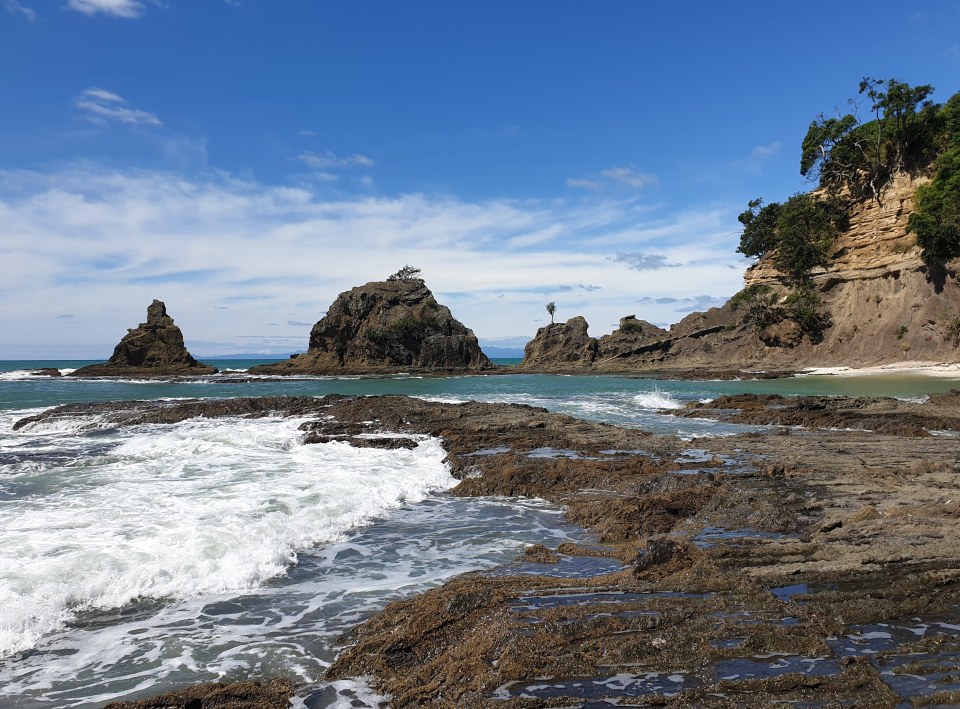
Te Ao Māori the Māori world view recognises that all life is connected. In Māori culture people are deeply connected to the land and to the natural world. Kaitiakitanga grows out of this connection.
Kaitiakitanga means guardianship and protection. It is a way of looking after the environment, based on the Māori world view. It means that the mana and mauri of an area are preserved.
Mana means spiritual power. If a forest has mana, it will have plenty of flowers, fruit and birds.
Mauri means life force. This must be protected in forests, rivers, gardens, lakes and the sea.
A kaitiaki is a guardian who holds whakapapa to the taonga. This can be a person or group that cares for an area such as a coastal area, lake or forest. Tiaki recognises others who do not hold whakapapa but have reverence for the environment.
Māori people believe that the sea is a Taonga Tuku iho – a treasure that has been passed down from past generations. By looking after this treasure, the ocean will keep providing for the future.
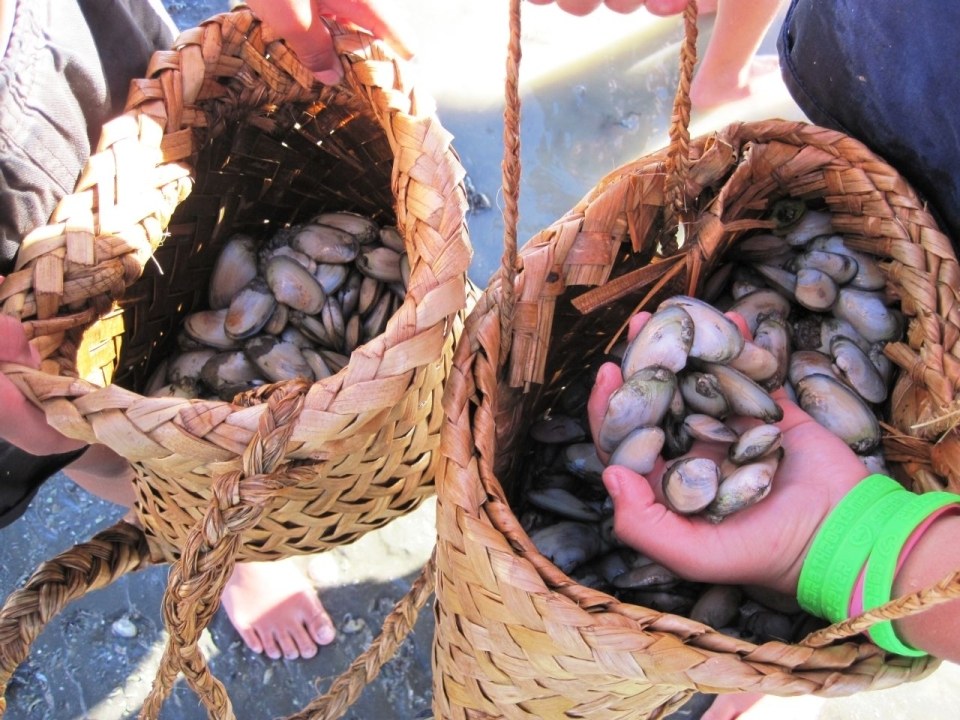
Tikanga makes sure that there is always a lot of food in the ocean and on land. For example, releasing the first catch of the day as a gift to Tangaroa.
Rāhui is an expression of tikanga and kawa that mana whenua implement to protect and restore when there are serious concerns and impacts regarding te oranga o te taiao (the health of the natural world). A rāhui can include restrictions or bans on gathering kai moana, as well as bans on recreational activities such as swimming in a marine area particularly if there has been a drowning or accidental death, or restrictions to access the beach if there have been strandings of taonga species in the marine area.
A rāhui is an indigenous measure that enables ancient restorative practices to protect nga taonga tuku iho and the area(s) where the mauri has been reduced by human activity.
A rāhui remains in place until mana whenua determine that the mauri of the taonga is restored and thriving.
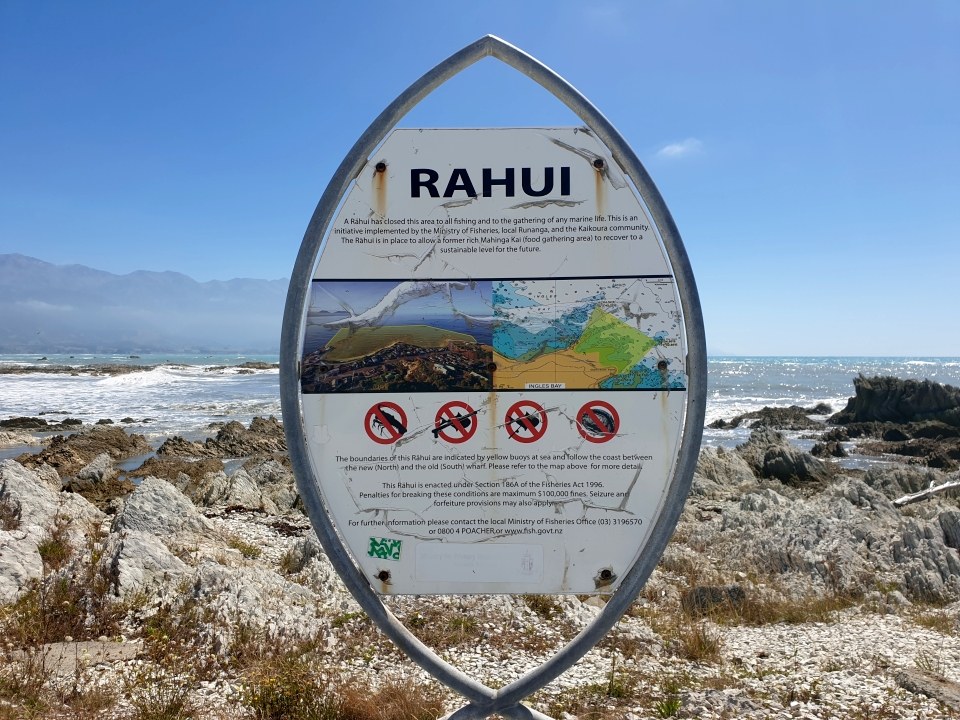
It is said that, on a fishing expedition with his brothers, Māui-tikitiki-a-Taranga used the magical jawbone of his grandmother as a hook to fish up the North Island. The North Island is known in Māori as Te Ika Nui a Māui – the great fish of Māui. If you look at a map you can make out the shape of a large stingray – with Wellington being the head, Taranaki as one fin, Te Tairawhiti or the east coast as the other, and Te Taitokerau or Northland as the long tail.
In Te Ao Māori - the Māori worldview it is natural to locate the head at the top and the tail at the bottom, making Wellington “up” and Northland “down”, which is the opposite to the map views we are familiar with. You can see this in the map below.
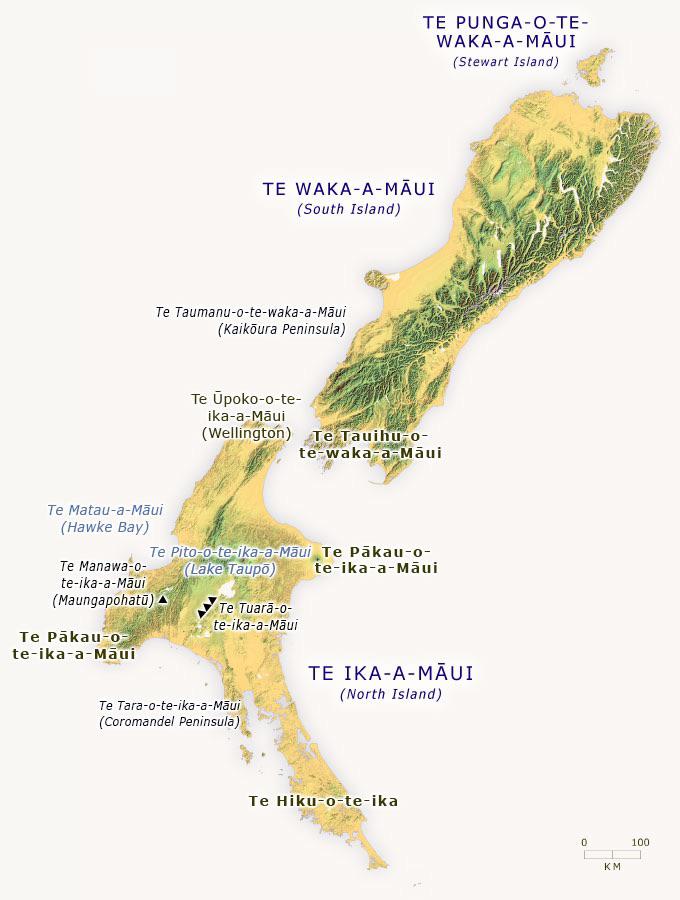
After Māui, Kupe came to Aotearoa. He too was a fisherman who came across Aotearoa while chasing a giant octopus named “Te Wheke o Muturangi”. More people arrived from the ancestral homelands of Hawaiki on a series of large waka or canoe. Today many iwi tribes of Aotearoa trace their ancestry back to one of these great waka.
For hundreds of years the ocean has given Māori food and tools, as well as great places to live, swim and play. Māori respect the ocean and often call it Tangaroa, meaning god of the sea. Before ocean voyages or before fishing it is common for Māori to recite karakia to ask for protection from Tangaroa and offer thanks while they carry out these tasks. Tangaroa played an important part in the lives of early Māori.
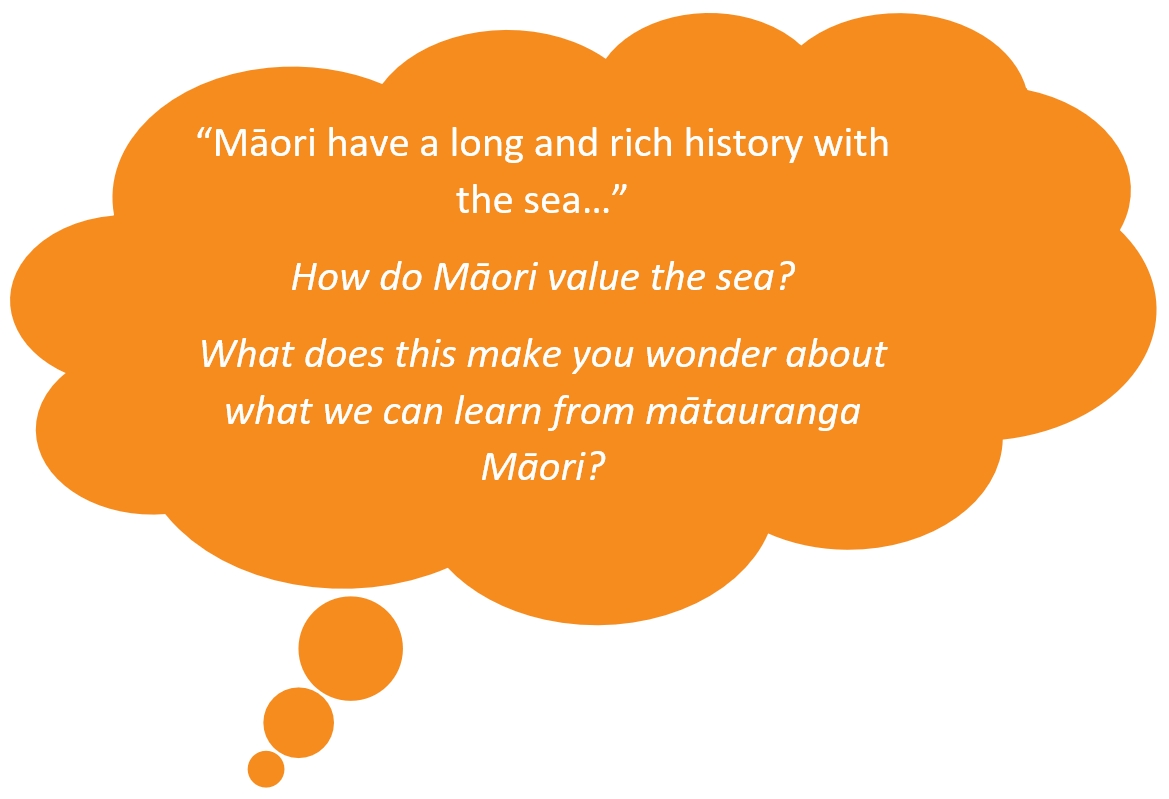 When Pākehā began arriving in Aotearoa they often said how skilful the Māori people were at fishing and diving for food. Fish was one of the main sources of protein for Māori.
When Pākehā began arriving in Aotearoa they often said how skilful the Māori people were at fishing and diving for food. Fish was one of the main sources of protein for Māori.
Apart from food, Tangaroa also provided many other things that were used in day to day living. Shark and whale oil were used to preserve birds in hue (or gourds), whale bones were used to make weapons and jewellery, and shells from the paua were used on carved whare tipuna or meeting houses.
Complete the Kaitiakitanga o te Moana quiz
> Discover more about marine ecosystems in Aotearoa and kohunga kutai